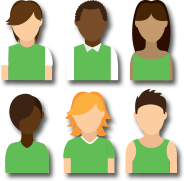
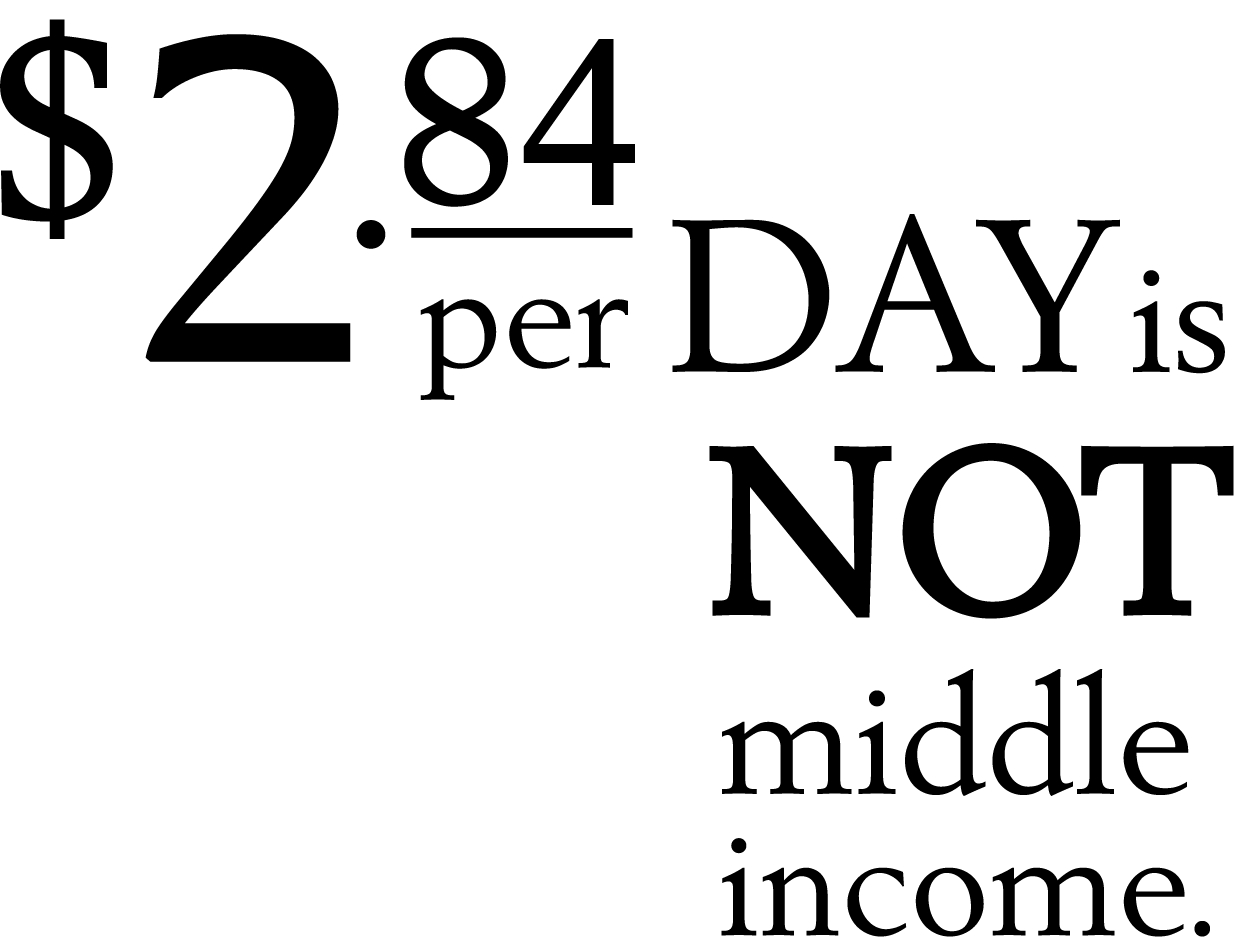

The GNI per capita thresholds identified by the World Bank often fluctuate annually; however, the situation as explained in the video remains largely unchanged over time.
The MICs are being perceived as “not poor,” but in reality 75% of the world’s poor now reside in these countries.
The majority of people living with HIV/AIDS now reside in the MICs.
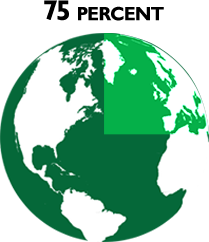
The designations for Low, Middle, and High-Income countries are arbitrarily set by the World Bank based on the countries’ Gross National Income. This approach understates the true extent of poverty in the MICs.
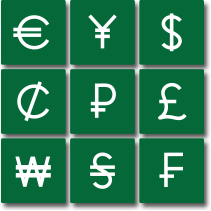
The International Poverty Line is $1.90 per day, while the lower limit of the MIC bracket is only $2.84 per day. It’s unconscionable to say that a person making $0.94 per day more than the Int’l Poverty Line lives in a Middle Income Country.
MICs receive less foreign aid and pay higher prices for essential medicines and medical commodities.
The Global Fund to Fight AIDS, TB and Malaria makes a smaller amount of grant money available to MICs, even though they have a high burden of the three diseases.
MICs such as Mexico, Vietnam, and Ukraine have to pay as much as 10 times more for commonly prescribed HIV drugs, compared to the Low-Income Countries.
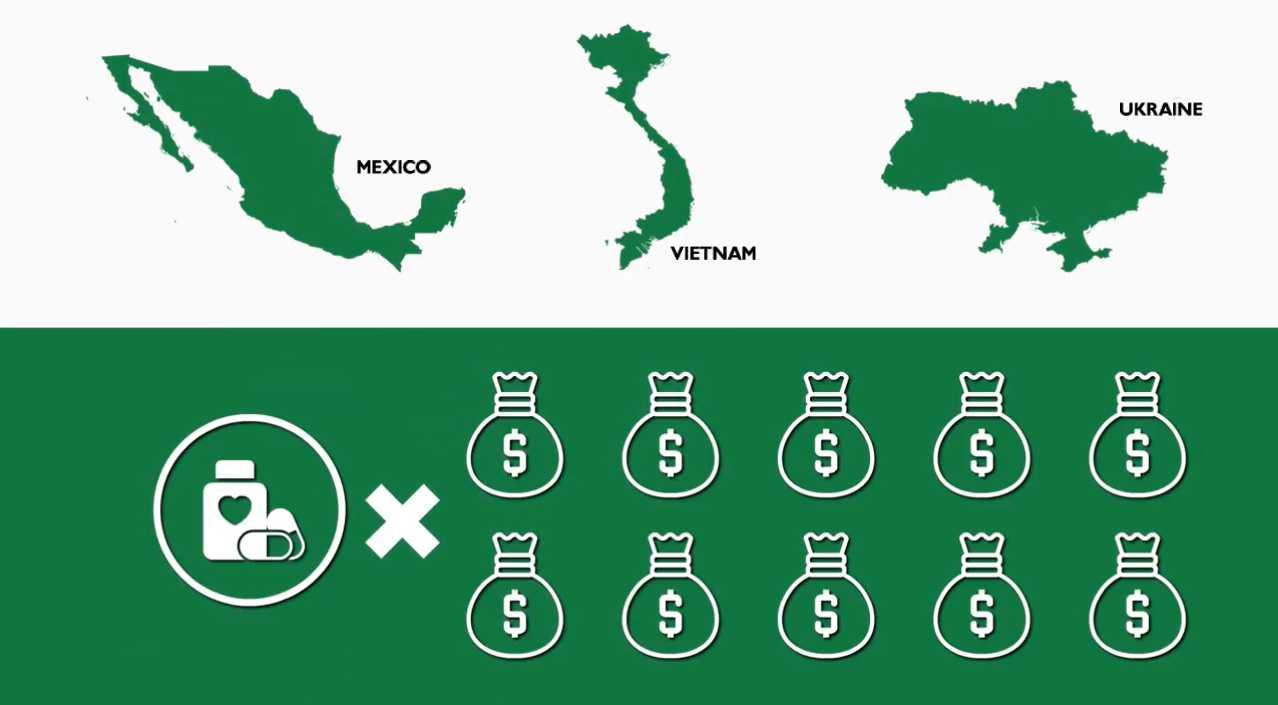
All countries need equal access to safe, reliable and low-cost #COVID19 vaccines. The virus does not recognize country income classifications. @WorldBank do the right thing–support global solidarity in vaccine development & accessibility!
Tweet this
Mounting debt in the global economy will result in developing countries facing significant challenges to deploy the proper fiscal initiatives required to contain #COVID19 and prevent economic devastation. #RaiseTheMIC @WorldBankC
Tweet this
263 million+ youth are out of school in Sub-Saharan Africa and facing increased abuse, exploitation and violence. Girls and young women are particularly vulnerable. @WorldBank, $2.84/day is poverty, not middle income—#RaiseTheMIC!
Tweet this


